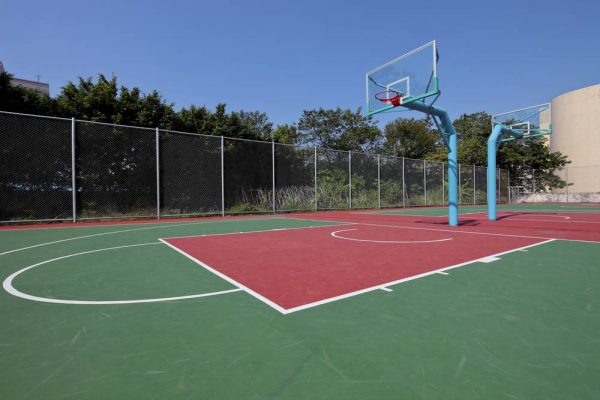
Your Child’s School’s Playing Field is Not Up To Scratch
Netbiz ✈️ |
Traditional playing fields just aren’t enough anymore.
In the 21st century, when there is a greater emphasis on efficiency and value for money, schools and organisations throughout the world are making their children play on subpar sports playing fields. Children are playing on hard concrete, wasteful grass, and dull asphalt the way that their parents, grandparents and great-grandparents did. But they shouldn’t be.
In the 21st century, thanks to years of research and development, we can create cost-effective surface types with properties that parents and school administrators could have only dreamt about. We are, of course, talking about NatraTex.
NatraTex is a range of surfacing products designed to push the boundaries in surface technology. Quite frankly, it’s better than any of the other playground surfacing options. Not only do you get a wide variety of options in terms of colour and specific material, but you also get the option to embrace environmentalism with our range of NatraTex Eco and NatraTex Cotswold products.
Grass
The grass playing field has been a staple of British schools since the beginning, and there’s a good reason for that. Grass is natural, and it helps to increase biodiversity. On grass you can make whatever kind of field you want, football and rugby pitches, cricket grounds, softball fields, and whichever other sport your students want to play.
But there are serious drawbacks associated with grass, too. Grass needs almost near constant maintenance in terms of being cut, watered, fed, or making sure that there are no intrusive animals. Not only does this take up a considerable amount of time, but depending on the size of your playing field, it can also take up a considerable amount of resources. This is particularly true in summer when prolonged heatwaves and a lack of rain means that your field will get damaged.
At the same time, during winter, when there is a considerable amount of moisture on the field, grass can get muddy due to rain and continuous physical activity. This can ruin the look of your playing field and increase the risk of injury for your students.
Synthetic Turf
Synthetic turf is a great alternative to natural grass. For one, synthetic turf is free of many of the maintenance requirements associated with grass. That means it’s much cheaper in both the long and short run. However, synthetic turf grass surface heats up considerably. As a result, synthetic turf can become a health hazard when it gets hot – as its likely to do during the summertime. At the same time, many synthetic turf products use rubber or petroleum as part of their manufacturing process. This can be a problem as petroleum products contribute to the number of greenhouse gases in the atmosphere – thus contributing to climate change.
Traditional Asphalt
Traditional asphalt is a tradition for a reason. It’s relatively durable, it’s flexible, and it’s much softer than concrete. But traditions are meant to be broken, and quite frankly when it comes to multi-sport playing fields traditional asphalt is far behind the times.
Let’s start with thermal efficiency. Quite frankly, compared to NatraTex, asphalt cannot handle heat very well at all. It returns to a liquid state at relatively low temperatures. And in a world where the United Kingdom is expecting 100-degree heat regularly, that just does not compare.
Likewise, while asphalt is much less abrasive than traditional concrete, it is still nonetheless much more abrasive than NatraTex – which covers the top aggregate layer and offers a far smoother surface than asphalt does. Because of this, NatraTex is a much more health and safety-friendly material than asphalt is. These factors make NatraTex a far better overall product than asphalt.
Concrete
If asphalt is the most widely used surface material then concrete is the next most commonly used.
For many years, concrete was the de-facto material of choice for surfaces. However, since the invention of artificial bitumen, concrete has fallen in favour of asphalt. This shift in materials occurred because the asphalt was cheaper, more permeable, and much more durable – advantages that NatraTex already holds over asphalt. As such, using NatraTex above concrete or asphalt should be an obvious choice.
MUGA Surfaces From NatraTex
NatraTex offers a range of high-quality surfacing materials that serve as an alternative to traditional coloured tarmac, synthetic turf, grass, and most other surfaces. Whether you’re looking for an alternative to self-binding gravel or decorative paving or just a material to build a coloured driveway from, you’ll find it at NatraTex.
Contact NatraTex today for more information about our range of products.

